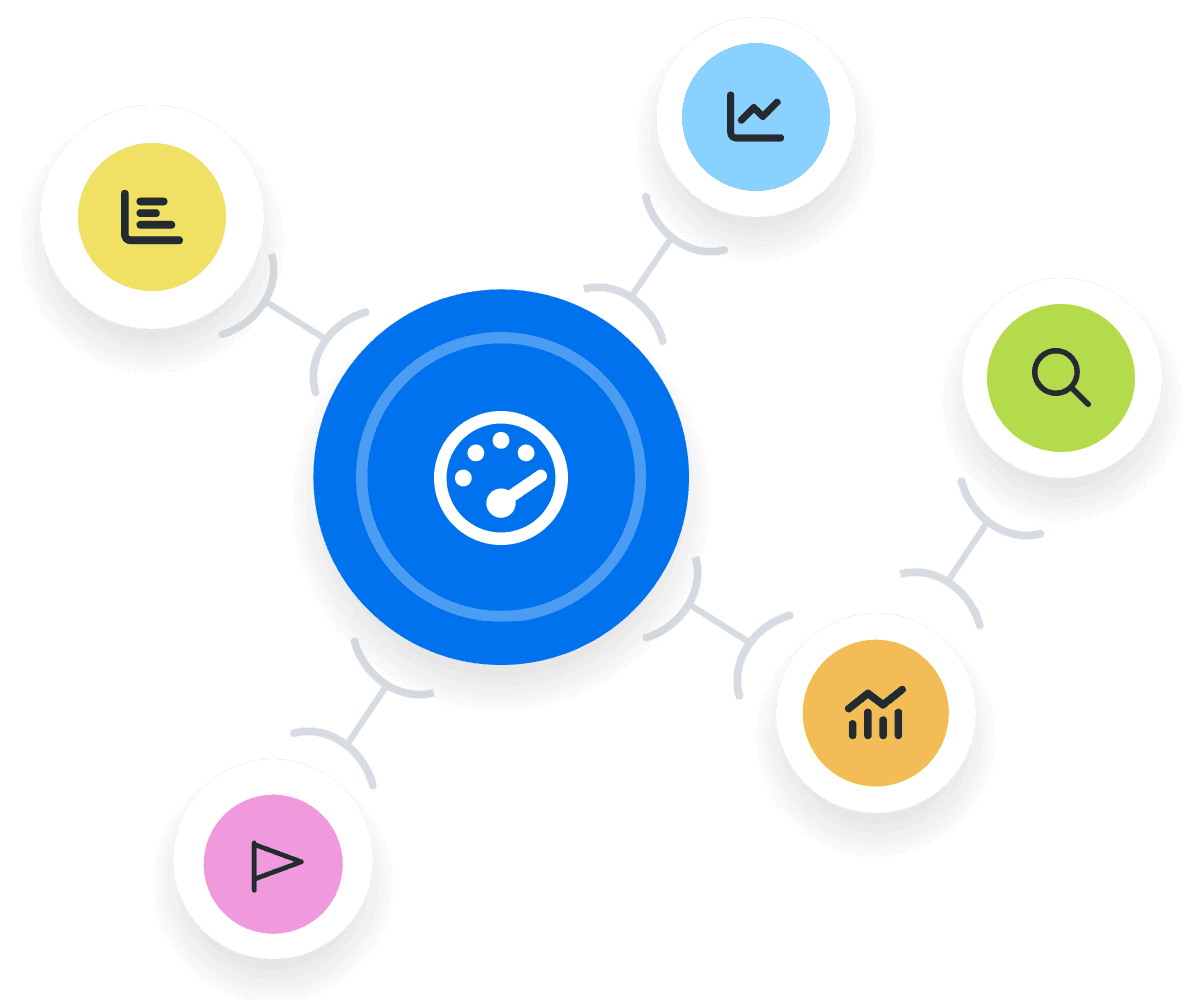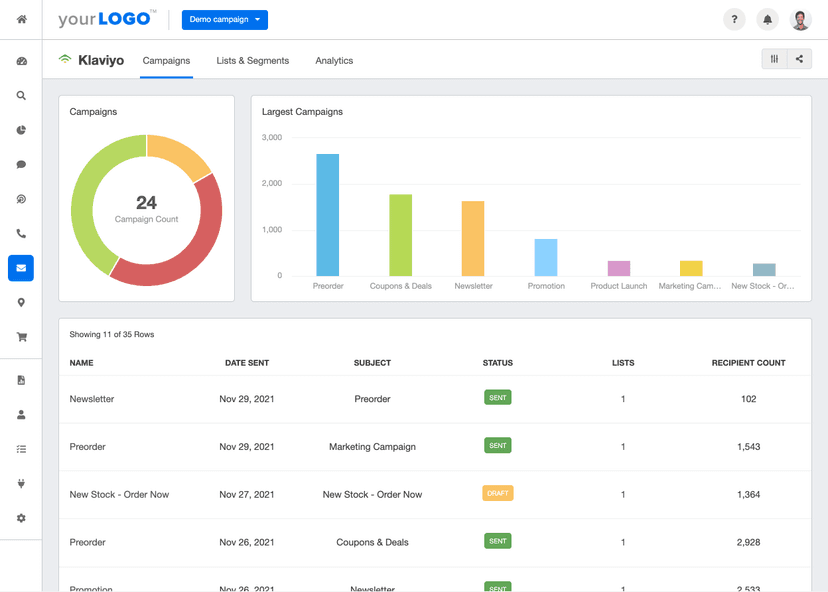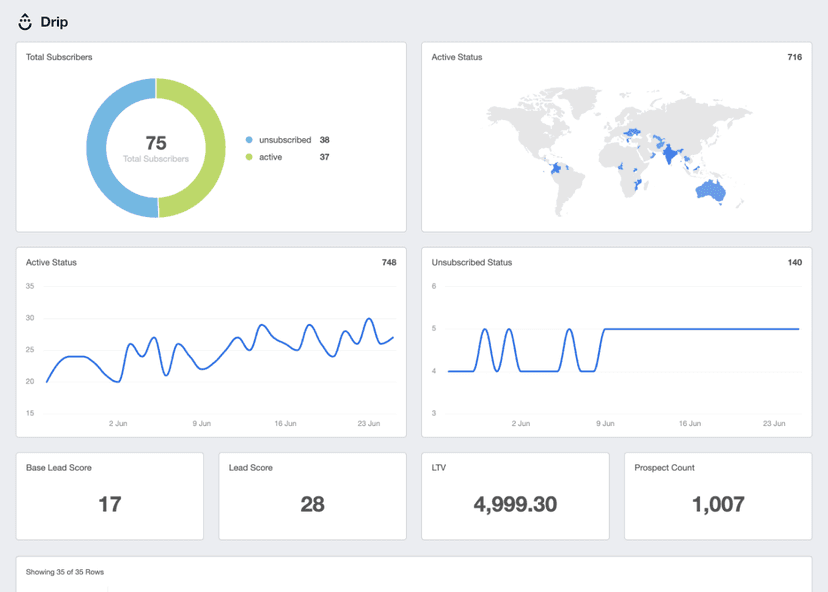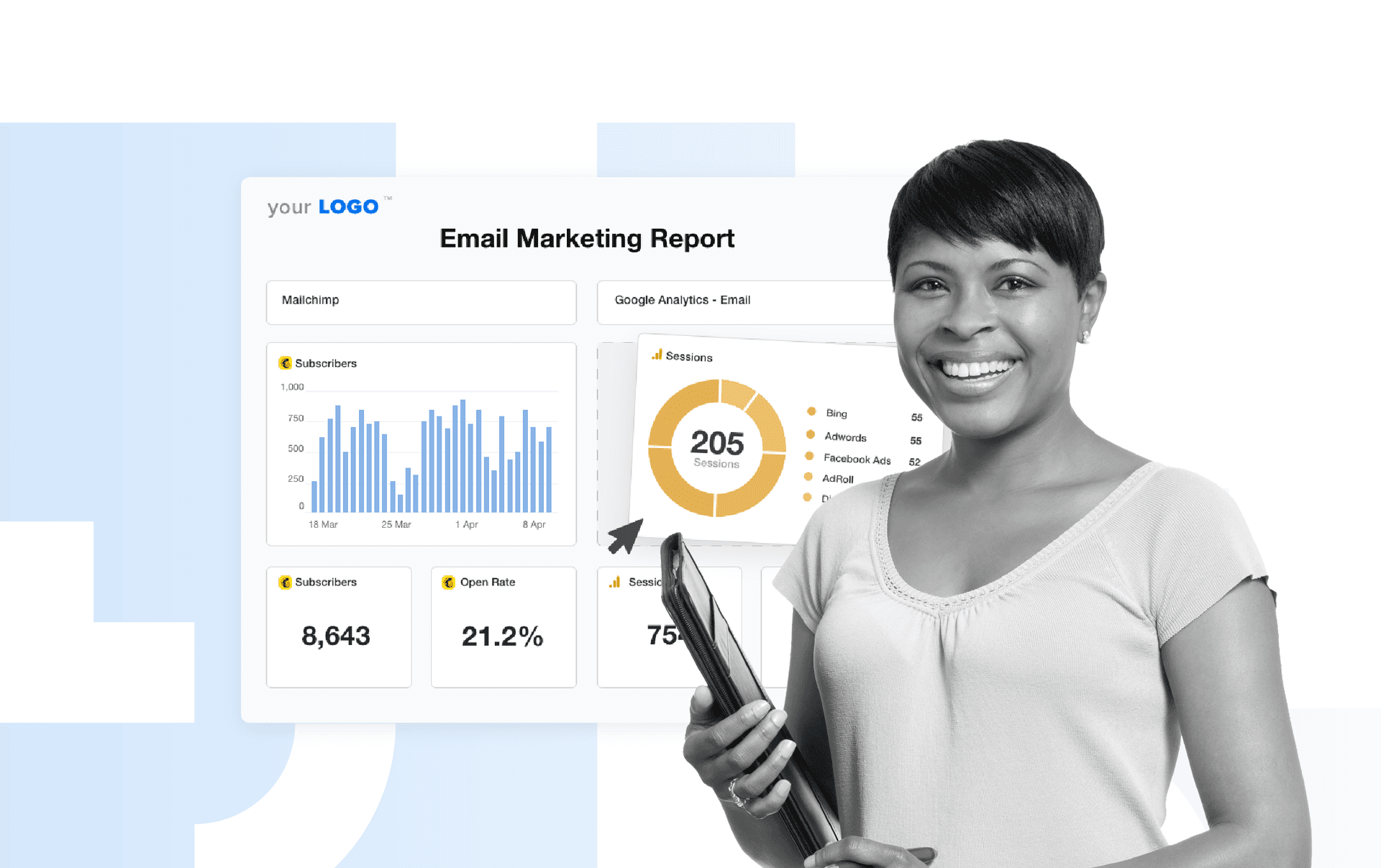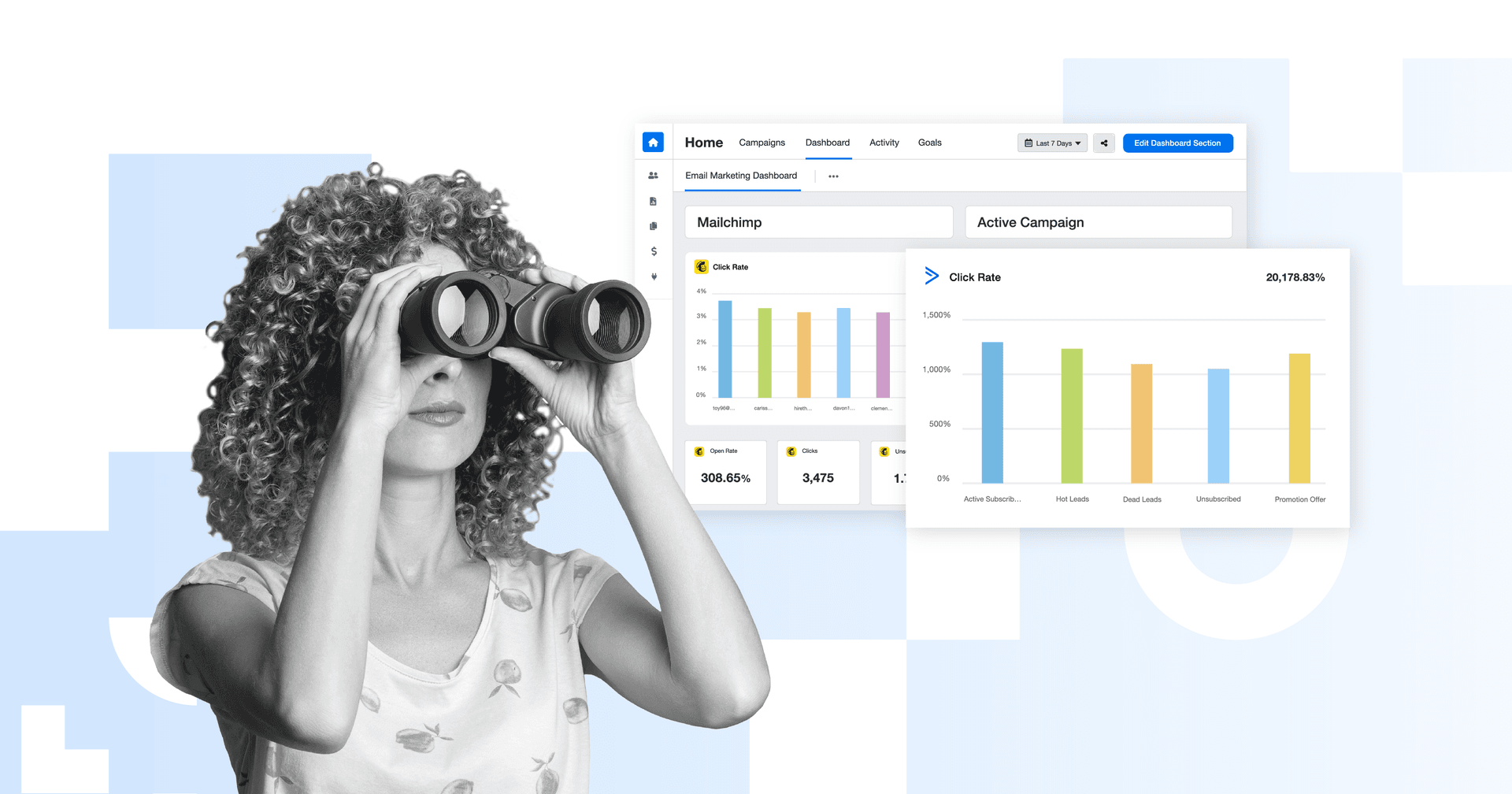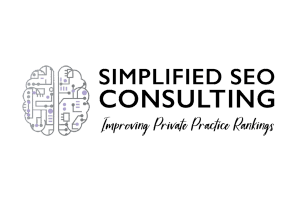Email Forward Rate
Boost Engagement
Create engaging content to increase the likelihood of forwards.
Content Strategy
Analyze what gets forwarded the most to refine future email campaigns.
Audience Insights
Use Forward Rates to segment audiences based on their interests.
Expand Reach
Encourage sharing to extend email reach beyond the initial recipients.
Why Email Forward Rate Is Important
A high Forward Rate means that content resonates well enough with recipients that they’re willing to share it with others. Therefore, it extends the reach of email campaigns beyond the initial subscriber list.
This act of forwarding is also a form of endorsement and suggests the content is valuable or entertaining. In turn, it’s a way to refine an email marketing strategy and ensure that content is well-received.
Tracking this metric also shows the word-of-mouth potential for email marketing campaigns, which is essential for building a loyal subscriber base.
Stop Wasting Time on Manual Reports... Get Email Insights Faster With AgencyAnalytics
How Email Forward Rate Relates To Other KPIs
Forward Rate should be considered alongside other email marketing metrics and key performance indicators (KPIs) and to understand the health of an email marketing campaign. For starters, consider an email marketing metric such as Click-through Rate (CTR).
While CTR measures the immediate action taken by readers (like clicking on one or more links), its Forward Rate indicates the content appeal of email marketing efforts. Organic sharing is an ideal scenario for any email marketer since it often leads to a large and interested audience.
Email marketing Conversion Rate is also correlated to Forward Rate. While email shares are promising, Conversions show that an email marketing campaign drove recipients to follow through on calls to action.
A low Bounce Rate indicates an email list is clean and well-managed (e.g., regularly removing invalid email addresses to prevent a hard bounce rate). This indirectly influences the Forward Rate by ensuring that more recipients have the opportunity to engage with and forward the content.
Lastly, the Spam Complaint Rate is an essential counterbalance to Email Forward Rate. A high number of spam complaints may indicate a lack of content relevance. This may also result in an above-average Unsubscribe Rate, which may affect a sender’s reputation.
Key Factors That Impact Email Forward Rate
There are several elements that influence whether an email is forwarded or not. For example, email subject lines have the power to capture attention and spark curiosity. They compel recipients to open the message and eventually forward it to others. Subject lines also evoke a sense of urgency (e.g., a limited-time offer).
Ensuring emails reach the recipient's inbox is another critical factor. Deliverability issues will undermine even the most compelling email campaigns. A high delivery rate–coupled with a solid Forward Rate–shows effective targeting and content relevance.
Be sure to clean mail lists regularly (e.g., removing email clients that haven’t opened the past five messages). This reduces the chances of email campaigns ending up in spam folders.
Additionally, it’s important to engage existing subscribers while also making an effort to grow the email list. Decide on a frequency that keeps recipients brand-aware without flooding their inboxes (e.g., sending marketing emails biweekly). Encourage current subscribers to share emails by offering them an incentive for referrals, like a discount on their next purchase.
Great emails are a conversation. The only way to assess audience perception is by studying the reactions to your email. Clicks, shares, and replies are the “facial expressions” and “words” that a person uses to communicate. And that will tell you how well your conversation is going.
How To Calculate Email Forward Rate
Email Forward Rate is expressed as a percentage and indicates how often recipients are forwarding or sharing newsletters with others.
To calculate this metric, divide the number of emails forwarded by the number of delivered emails. Then, multiply the result by 100.
Email Forward Rate Formula Example
What Is a Good Email Forward Rate?
A good Email Forward Rate typically falls between 0.5% to 2%. This signifies that email marketing campaigns resonate well with recipients–so much so they’ve decided to share it.
A good Forward Rate may increase subscribers and email recipients for future campaigns. This organic growth may reduce the subscriber acquisition cost and increase email return on investment.
Lastly, a good Forward Rate typically correlates with a low number of bounced emails. This indicates that the email list is healthy and well-maintained.
What Is a Bad Email Forward Rate?
A bad Email Forward Rate falls below 0.1%. This number may imply that email content isn’t engaging or relevant enough, which may directly affect a campaign’s Conversion Rate, limiting the potential ROI.
A low Forward Rate may also negatively reflect a brand's sender reputation, as it suggests that recipients are not motivated enough to share the content.
This situation could be exacerbated by a high rate of hard bounces, indicating potential issues with the email list's quality or targeting accuracy.
How To Set Email Forward Rate Benchmarks and Goals
To create benchmarks and goals for Forward Rates, analyze historical data to establish a baseline (once available).
Next, research industry benchmarks and look at Forward Rates within similar sectors. Based on these valuable insights, set measurable targets (e.g., increasing the Forward Rate from 0.5% to 0.75%).
Continue to create engaging email content, add personalization, and offer incentives for sharing. Monitor any changes to Forward Rates over time and make improvements when needed.
Why Email Forward Rate Matters to Clients
For clients, Email Forward Rate is a way to gauge campaign reach and effectiveness. When an email is forwarded, it reaches new audiences. The more the email is shared, the greater the chance of meeting other goals (such as higher Conversion Rates and landing new subscribers).
This metric may also function as a brand endorsement from the person forwarding the email. In turn, this contributes to better reach for clients, which is especially important for those with brand awareness and conversion goals.
Why Email Forward Rate Matters to Agencies
For agencies, this rate serves as a testament to their ability to craft relevant email messages that inspire sharing. It showcases their ability to create effective email marketing campaigns and boost brand awareness.
A higher Email Forward Rate also shows effective audience engagement. If clients end up with enhanced visibility or more sales, it demonstrates an agency’s capability to deliver results. This may secure recurring business and even generate word-of-mouth referrals.
Save Time and Money by Automating Your Client Reporting
Best Practices When Analyzing and Reporting on Email Forward Rate
This metric is essential for measuring the reach of email campaigns. Forward Rate data is actionable, as it pinpoints successful content and helps improve engagement. Here are some reporting best practices to follow.
Ensure Data Accuracy
Regularly validate email lists to minimize hard bounces and ensure emails reach the intended recipients. Use an email marketing tool to monitor the health of a subscriber list.
Analyze Over Time
Identify what adjustments have led to improvements in forwarding behavior (e.g., reducing the number of emails sent per month).
Look at Other KPIs
Report on related data like Open Rate, Click-through Rate, and Unsubscribe Rate, explaining to clients how each metric contributes to email marketing performance.
Align to Goals
Determine email marketing goals beforehand (e.g., increasing the number of website clicks). Then, explain the role of forwarded emails in meeting these targets.
Visualize Performance
Use visual data representations, such as graphs and charts. This makes it easier to communicate trends, patterns, and anomalies in Email Forward Rate.
Include Actionable Recommendations
Suggest specific changes to email content, design, or strategy that could improve Forward Rates. This may mean using different subject lines or further personalization.
It’s important to consistently deliver content that matters to your audience. This often means your email campaign content needs to be valuable to the individual. So, consider personalizing their email marketing experience.
Constant Contact Dashboard Example
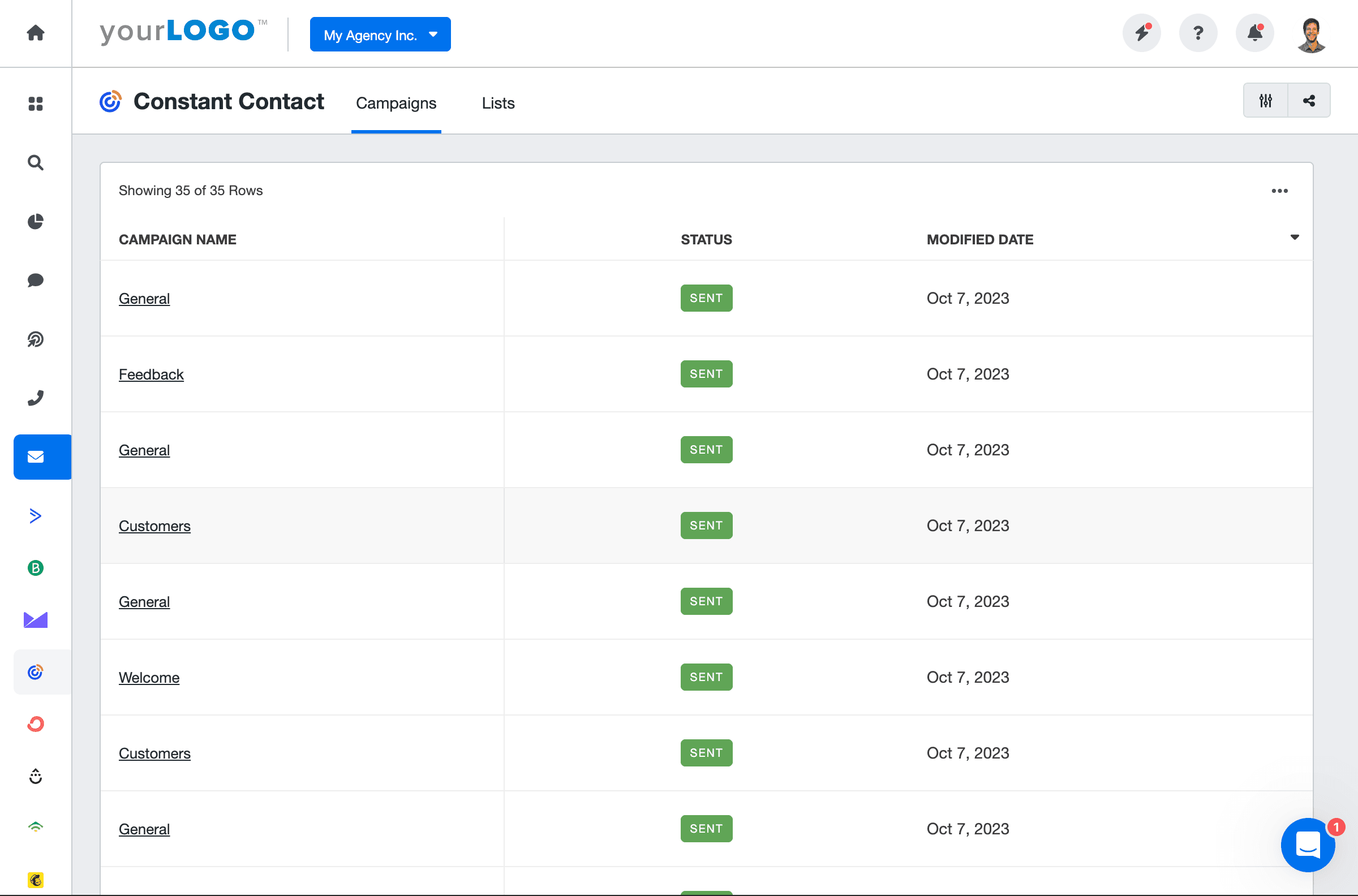
How To Improve Email Forward Rate
Email Forward Rate has the potential to grow mailing lists and enhance brand visibility. Here are a few actionable ways to improve this metric.
Create Valuable Content
Tailor content to align with audience interests. Use segmentation to craft targeted messages that resonate.
Encourage Sharing
Include visible calls to action like sharing buttons. Use actionable phrases like “Share this with someone who would enjoy it!"
Offer Incentives
Provide content that is exclusive to subscribers, such as early access to events, a referral reward, or member-only resources.
Related Blog Posts
See how 7,000+ marketing agencies help clients win
Free 14-day trial. No credit card required.



